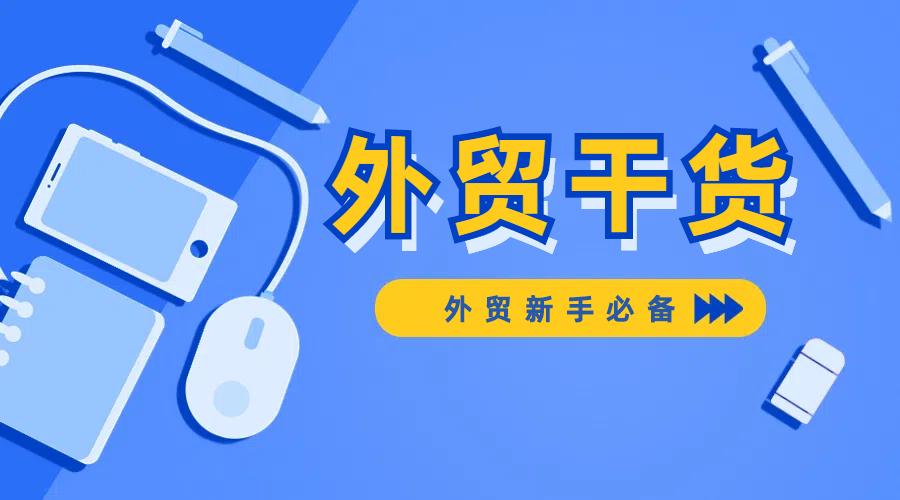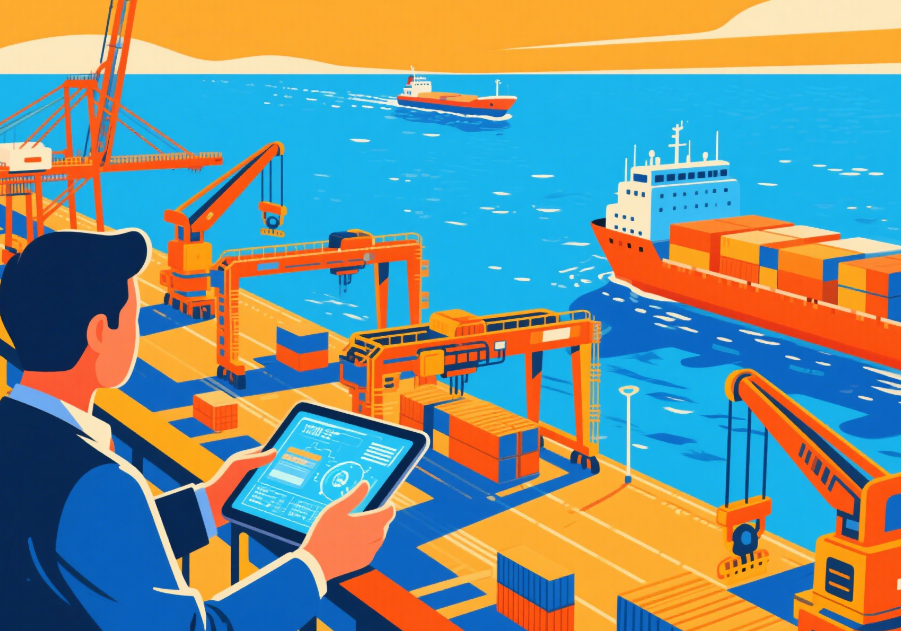 400-076-6558智领未来,外贸超级营销员
400-076-6558智领未来,外贸超级营销员
 400-076-6558智领未来,外贸超级营销员
400-076-6558智领未来,外贸超级营销员

In today's global economy, sustainability and compliance requirements have become forefront considerations for international buyers, especially leading retailers like Walmart and Amazon. For small foreign trade companies, building a green supply chain is no longer optional but a strategic necessity to secure market access and strengthen competitiveness on the world stage.
Emerging international regulations such as the European Union's Carbon Border Adjustment Mechanism (CBAM) and the US Inflation Reduction Act (IRA) impose stringent environmental standards on imported products. Non-compliance can result in costly delays or rejections at customs, directly affecting order fulfillment and revenue.
Simultaneously, overseas buyers have increasingly embedded green supply chain criteria into their supplier qualification frameworks. Aligning with these expectations helps small enterprises avoid trade barriers while positioning themselves as responsible partners.
In the short term, green supply chain adherence mitigates the risk of trade penalties and protects brand reputation. For example, failure to meet the EU's REACH chemical regulations can lead to fines reaching hundreds of thousands of dollars.
Long term, certified green products typically command price premiums ranging between 15% and 30%, opening opportunities in premium markets such as Nordics' regulated procurement lists. It's critical for businesses to recognize the support from government subsidies, like China's Green Manufacturing Special Fund, which can offset initial investments and improve operational efficiency through energy-saving technologies.
Understanding and applying global environmental standards is fundamental:
| Region | Core Standards | Applicable Products | Compliance Focus |
|---|---|---|---|
| European Union | CE Certification, RoHS, WEEE | Electronics, Mechanical Products | Hazardous substance restriction, packaging recycling |
| United States | CPSC Certification, UL 2809 (Carbon Footprint) | Consumer Goods, Building Materials | Safety testing, life cycle carbon disclosure |
| Japan | JIS Standards, Green Procurement Law | Textiles, Food Contact Materials | Material traceability, eco-label application |
To effectively manage compliance with limited resources, a phased approach is recommended:
International buyers expect suppliers to demonstrate not only compliance but active contribution to sustainability goals. A comprehensive green supplier evaluation involves:
In practice, experienced foreign trade professionals advise physical audits to verify actual wastewater treatment operation (not mere checkup compliance), validation of decreasing energy bills over recent months, and dual sourcing to mitigate supply disruptions.
Energy-saving improvements can be implemented with reasonable investment and rapid payback:
Case in point, a garment manufacturer enhanced fabric use efficiency from 68% to 82% by deploying intelligent cutting machines, saving 150,000 RMB annually.
The digitalization of environmental data is vital for transparency and customer trust. Integration of ERP systems tracking recyclable or regenerated materials and utilization of carbon footprint calculators such as Simapro enable detailed product life cycle assessments that satisfy stringent EU buyer queries.
| Packaging Type | Cost (per 1000 units) | Environmental Benefits | Typical Use Cases |
|---|---|---|---|
| Traditional Cardboard Boxes | 3,000 RMB | - | General merchandise |
| Biodegradable Corn Starch Boxes | 5,000 RMB | Biodegrades within 6 months | Food and cosmetics exports |
| Recyclable Plastic Containers | 8,000 RMB (deposit-based) | Reusable over 50 cycles | Long-term key customers |
Regarding logistics, ocean freight's carbon footprint is approximately 90% lower than air freight, making consolidated shipments ideal for non-urgent orders. Tools like CargoWise's 3D loading software can enhance container utilization by over 15%, further optimizing transport emissions and cost-efficiency.

Possession of green certifications is a milestone but not the finish line. Industry experience shows that overlooking ongoing compliance tasks jeopardizes sustainability credentials:
Keep ready critical data sets: pollutant discharge reports, employee environment training logs, and waste disposal contracts. Quarterly mock audits aligned with customer criteria ensure readiness and minimize disruption.
Common challenges include:
Recommended mitigations:
One highlight is a Zhejiang toy manufacturer that leveraged green supply chain certification to enter the German DM supermarket network, boosting its orders by 40%. Key moves included replacing packaging with recyclable materials and securing a dedicated green pigment supplier.

Looking ahead, carbon tariffs are expected to extend in 2025 to sectors like chemicals and plastics, with blockchain-based traceability becoming standard practice. Forward-thinking enterprises are investing now to stay ahead.
.png?x-oss-process=image/resize,h_100,m_lfit/format,webp)
.png?x-oss-process=image/resize,h_100,m_lfit/format,webp)

.png?x-oss-process=image/resize,h_100,m_lfit/format,webp)
.png?x-oss-process=image/resize,h_100,m_lfit/format,webp)
.png?x-oss-process=image/resize,h_100,m_lfit/format,webp)
.png?x-oss-process=image/resize,h_100,m_lfit/format,webp)
